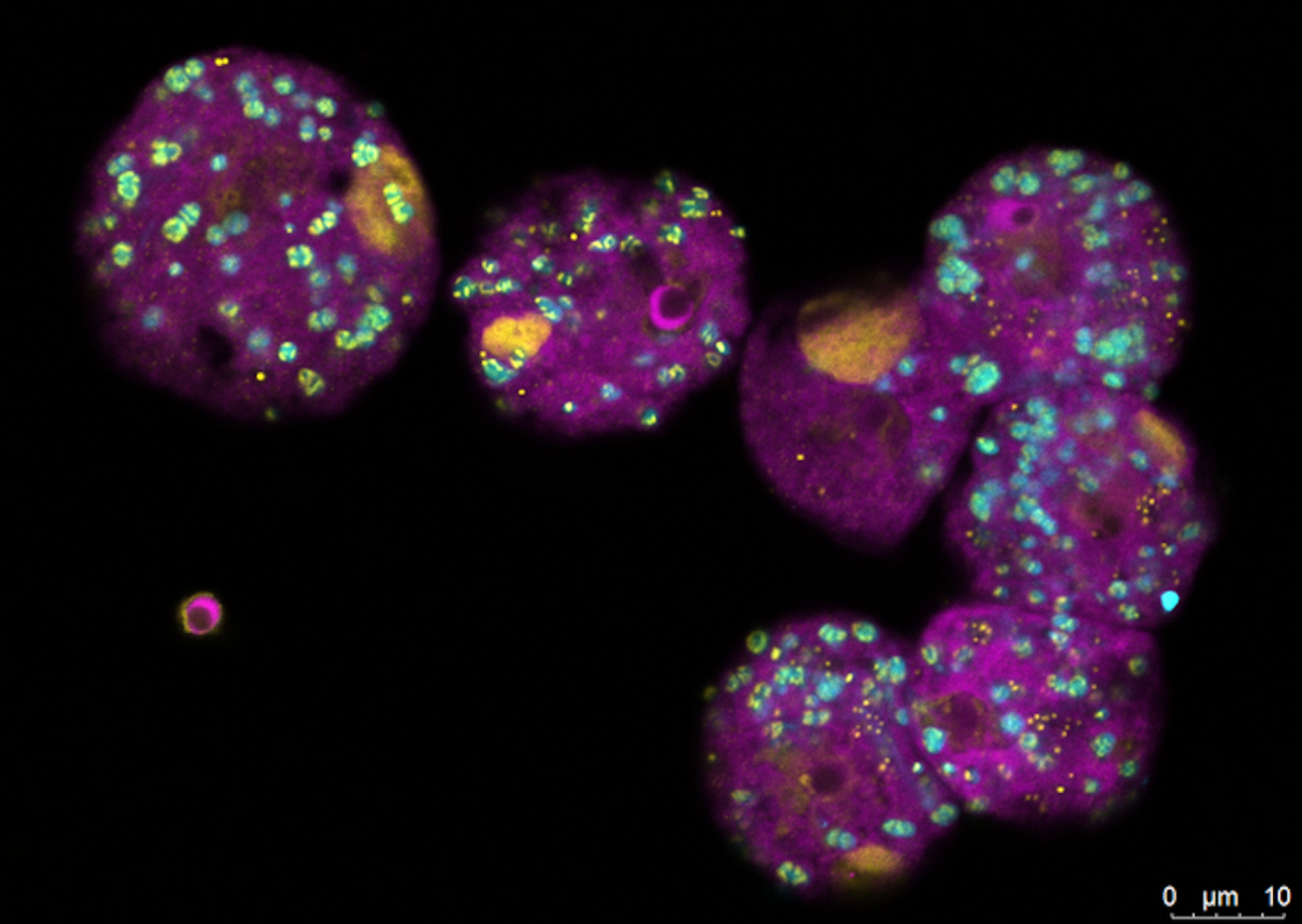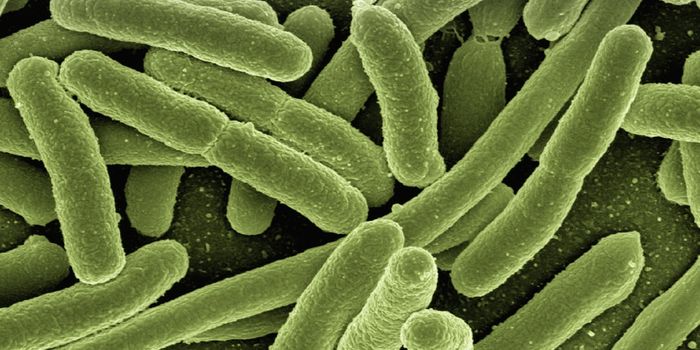Bacteria Help Defend Amoeba in the Microbial Arms Race
The world is full of microbes, which have been competing with one another for space and resources since they arose. We are just beginning to learn about the vast numbers of microorganisms that we share the world with. We once thought we knew a lot about viruses, for example, until the discovery of giant viruses changed our perception of them. Now scientists have revealed even more surprising details about how bacteria help protect amoeba from the effects of giant viruses. In new research reported in the Proceedings of the National Academy of Sciences (PNAS), investigators described how a virus was impacted when an amoeba the virus infects was also infected with chlamydia bacteria.
Bacteria are prokaryotic cells, and some infect single-celled eukaryotes such as amoeba, but as symbionts that benefit the amoeba by shielding them from viruses. Right now, giant viruses are not thought to infect humans. Amoeba are protists, and can also be infected not only with giant viruses, but also with bacteria such as chlamydiae.
"Since, according to current knowledge, chlamydial infection leads to a slower growth rate of the infected host, chlamydiae are commonly considered to be parasitic," noted first study author Patrick Arthofer, a graduate student at the University of Vienna. Even though the bacteria are slowing the amoeba's growth, however, the infection is a mutualist one, because they stop the virus from killing the amoeba. Slow growth is preferable to dying, noted Arthofer.
In this study, the researchers collected bacteria, amoeba, and a giant virus from the same natural sample to try to mimic what happens between these organisms in nature.
Giant viruses carry a huge number of genes compare to most viruses that we are familiar with, and they can carry out many functions on their own. But like small viruses, they still need a host cell, where they can take over the machinery. Giant viruses remodel host cells to create a virus factory, which churns out hundreds of virus particles. Eventually, the host cell is so full, it bursts.
But bacterial symbionts stop that from happening, said study leader Dr. Matthias Horn, a Professor at the University of Vienna. Though chlamydia bacteria does not stop the virus from infecting the amoeba, a viral infection is unable to form a functional virus factory in amoeba that are co-infected with chlamydia.
The "interactions between giant viruses and bacterial symbionts" might have influenced the evolution and complexity of giant viruses, Horn suggested. "The study of virus-symbiont interactions could therefore provide answers to the question of how giant viruses evolved."
These relationships could have larger implications for ecology as well. "If chlamydiae protect the protists from being destroyed by viruses, they are not merely ensuring that their hosts remain a source of food for small animals. Beyond that, the bacterial symbionts could influence the entire nutrient cycle in ecosystems," noted Arthofer.
Sources: University of Vienna, Proceedings of the National Academy of Sciences









